Introduction
Frida Kahlo, a renowned Mexican artist, continues to captivate the world with her extraordinary life, groundbreaking career, and emotionally charged paintings. Her indomitable spirit, resilience, and unwavering dedication to her craft have made her an iconic figure in the art world. This article delves into the life, career, and 100 mesmerizing works of Frida Kahlo, providing a glimpse into the world of this remarkable artist.
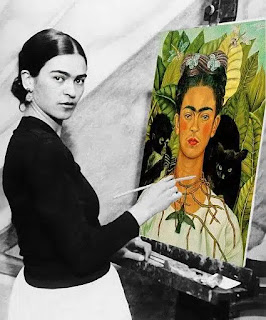 |
| Frida Kahlo with her painting |
Some interesting facts about Frida Kahlo
Early Life and Influences
Magdalena Carmen Frida Kahlo y Calderón was born on July 6, 1907, in Coyoacán, a suburb of Mexico City. Her early life was marked by both joy and tragedy. At the age of six, Frida contracted polio, which left her with a noticeable limp. Despite this setback, she exuded a rebellious spirit and an unyielding determination.
In 1925, tragedy struck again when Frida was involved in a horrific bus accident. Sustaining severe injuries, including a fractured spine and pelvis, she endured
countless surgeries and a long recovery period. It was during this period of confinement that Frida discovered her passion for painting. She began creating vibrant self-portraits as a means of self-expression and therapy. Frida Kahlo Self-portraits are very famous.
The Artistic Journey
It's quite interesting to know what is Frida Kahlo known for. Frida Kahlo was known for her paintings and artworks. Frida Kahlo's art was heavily influenced by her tumultuous life experiences, chronic pain, and a deep connection to her Mexican heritage. Paintings of this Mexican artist often depict her physical and emotional suffering, capturing the essence of human vulnerability.
She drew inspiration from Mexican folk art, incorporating indigenous symbols, bright colors, and intricate details into her works. Kahlo's art explored themes such as identity, gender, sexuality, and societal norms, challenging traditional conventions.
Career and Recognition
Frida Kahlo's career as an artist gained momentum in the 1930s when she exhibited her paintings in Mexico and the United States. Despite facing initial criticism and rejection, her unique style and raw expression resonated with art enthusiasts, leading to increasing recognition and acclaim.
In 1938, Frida had her first solo exhibition in New York, which was well-received by both critics and the public. This marked a turning point in her career, as she began to receive international recognition for her work.
Personal Life and Relationship with Diego Rivera
Frida Kahlo's personal life was intertwined with her relationship with fellow artist Diego Rivera. The couple met in 1928 and married the following year. Frida Kahlo husband and she had a very dramatic relationship. Their relationship was tumultuous, marked by infidelity and emotional turmoil, but their love and passion for art united them.
Their marriage provided Kahlo with both support and inspiration, as they shared a deep admiration for each other's artistic pursuits. Their love story and the complexities of their relationship often found their way into Frida's paintings.
Iconic Frida Kahlo Paintings
Frida Kahlo's paintings are a visual manifestation of her inner world, with her self-portraits being the most recognizable and celebrated. Through her works, she bared her soul, exploring themes of pain, identity, and the human experience.
Some of her most iconic paintings include "The Two Fridas," "Self-Portrait with Thorn Necklace and Hummingbird," and "The Broken Column." These works showcase her emotional intensity, the use of symbolism, and the blending of reality and fantasy.
Legacy and Impact
Frida Kahlo artwork continues to captivate audiences worldwide and has left an indelible mark on the art world. Her unique style, personal narrative, and unapologetic expression have inspired generations of artists, feminists, and individuals facing adversity.
She is celebrated not only for her artistic contributions but also for her advocacy of women's rights and cultural identity. Frida Kahlo's resilience, courage, and authenticity have made her an icon, transcending the boundaries of time and culture.
100 Paintings by Frida Kahlo
 |
| Without Hope, Frida Kahlo, 1945 |
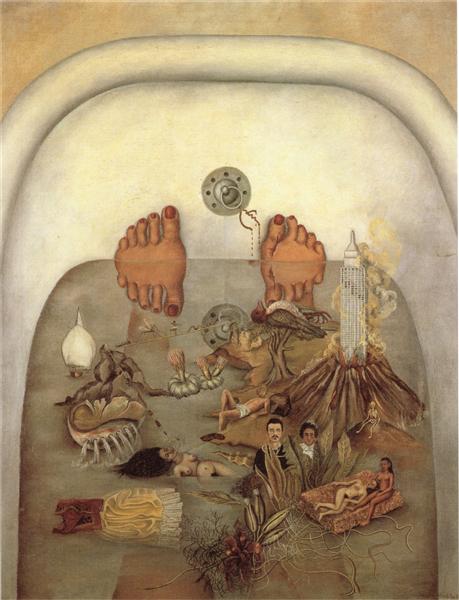 |
| What the water gave me, Frida Kahlo, 1938 |
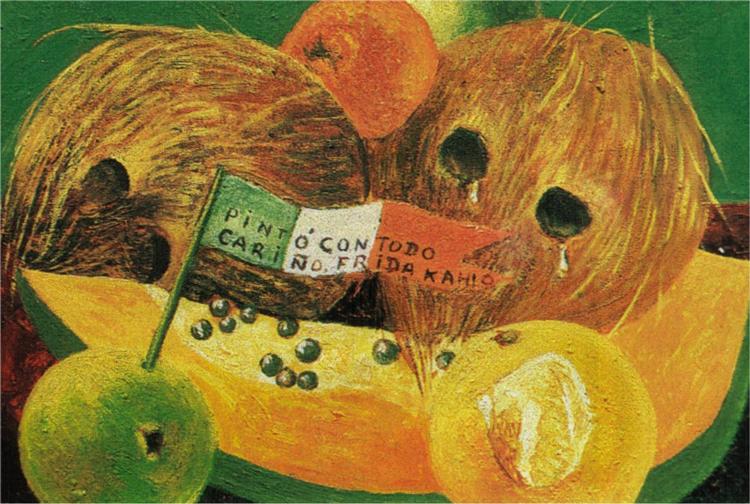 |
| Weeping coconuts or coconut tears, Frida Kahlo, 1951 |
 |
| Viva la Vida, Watermelons, 1954 |
 |
| Two Women, Frida Kahlo, 1929 |
 |
| The Two Nudes in the Forest (The Earth Itself), 1939 |
 |
| Tunas (Still Life with Prickly Pear Fruit), 1938 |
 |
| Tree of Hope, Remain Strong, Frida Kahlo, 1946 |
 |
| Thinking about death, Frida Kahlo, 1943 |
 |
| The Wounded Deer, Frida Kahlo, 1946 |
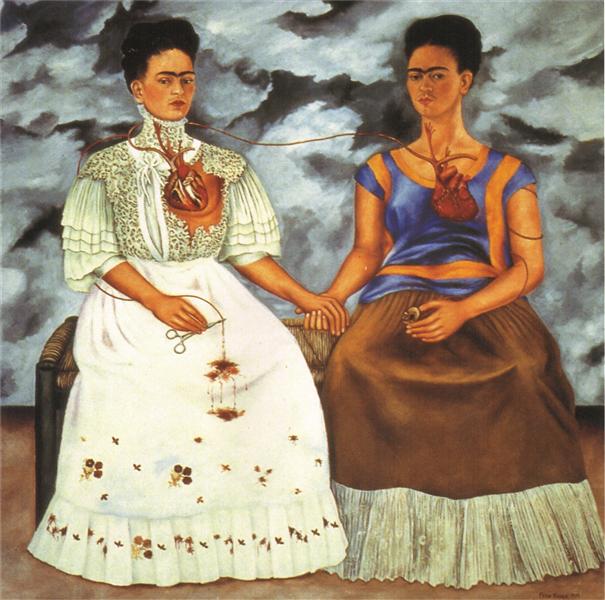 |
| The Two Fridas, Frida Kahlo, 1939 |
 |
| The Suicide of Dorothy Hale, Frida Kahlo, 1938 |
 |
| The Mask, Frida Kahlo, 1945 |
 |
| The Love Embrace of the Universe, the Earth (Mexico), Myself, Diego and Señor Xólotl, Frida Kahlo, 1949 |
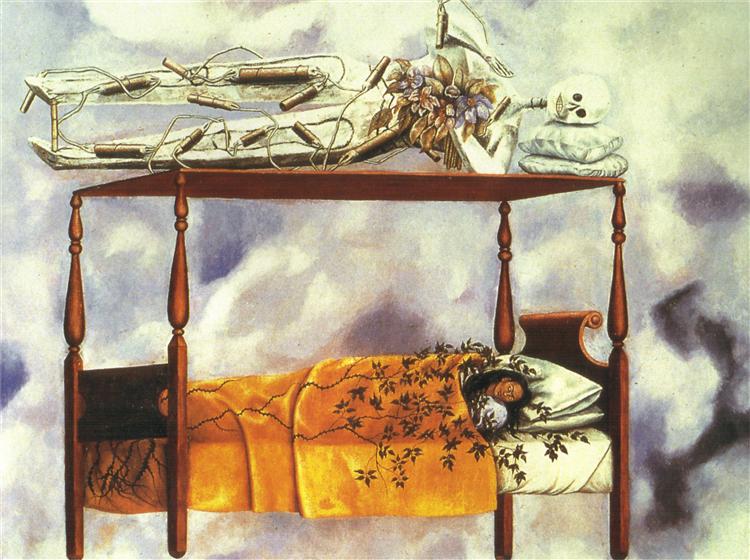 |
| The Dream (The Bed), Frida Kahlo, 1940 |
 |
| The Deceased Dimas, Frida Kahlo, 1937 |
 |
| The Bus, Frida Kahlo, 1929 |
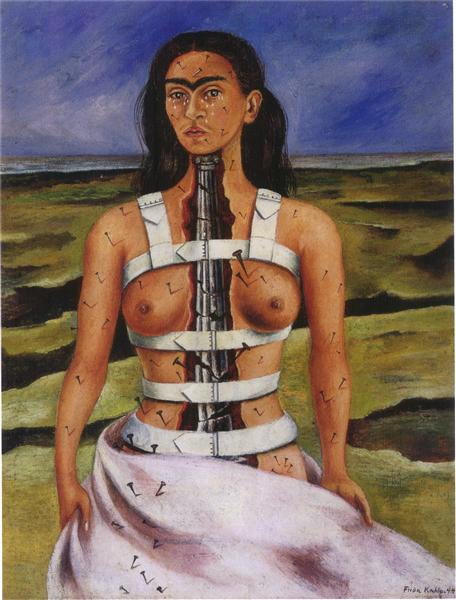 |
| The Broken Column, Frida Kahlo, 1944 |
 |
| The Bride Frightened at Seeing Life Opened, Frida Kahlo, 1943 |
 |
| Sun and Life, Frida Kahlo, 1947 |
 |
| Still life with watermelons, Frida Kahlo, 1953 |
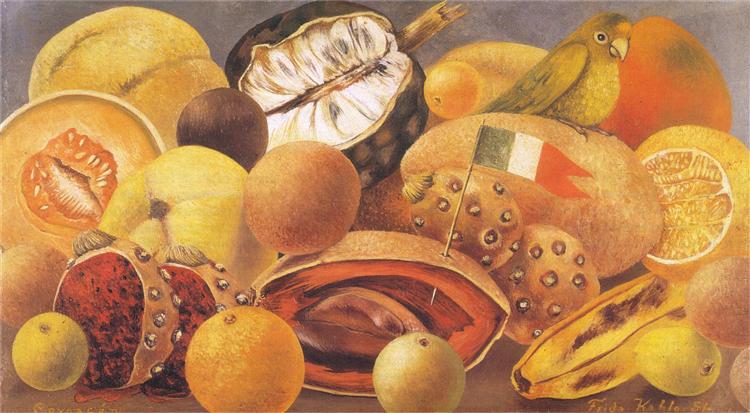 |
| Still life with parrot and flag, Frida Kahlo, 1951 |
 |
| Still life with parrot, Frida Kahlo, 1951 |
 |
| Still life with Flag, Frida Kahlo, 1954 |
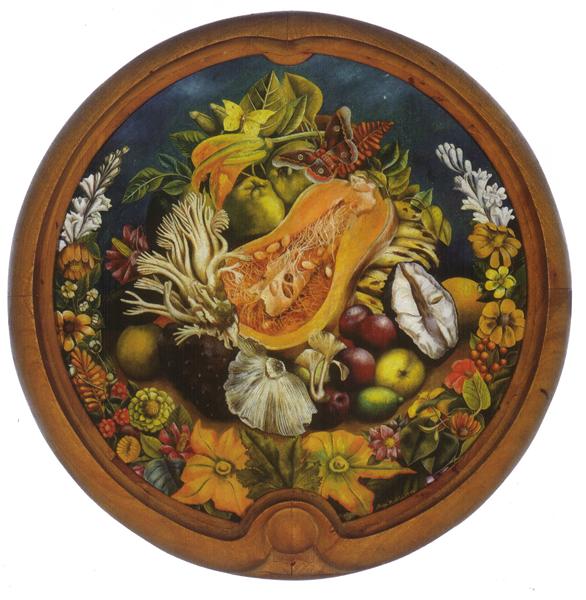 |
| Still Life Round, Frida Kahlo, 1942 |
 |
| Still Life, Frida Kahlo, 1951 |
 |
| Self-Portrait with the Portrait of Doctor Farill, Frida Kahlo, 1951 |
 |
| Self Portrait with Stalin, Frida Kahlo, 1954 |
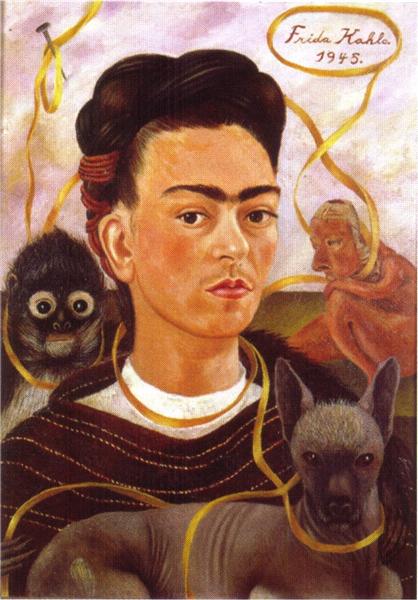 |
| Self Portrait With Small Monkey, Frida Kahlo, 1945 |
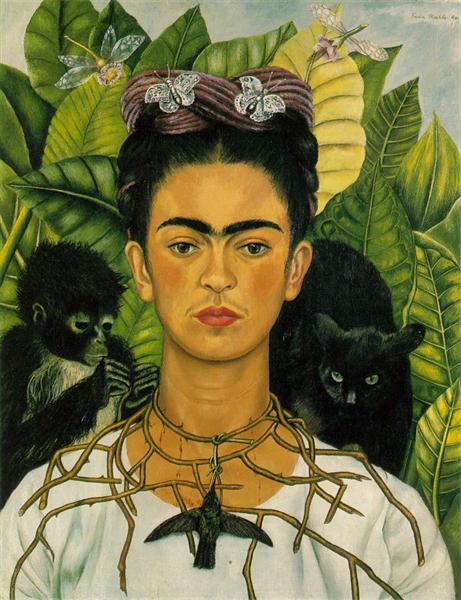 |
| Self-Portrait with Necklace of Thorns, Frida Kahlo, 1940 |
 |
| Self Portrait with Necklace, Frida Kahlo, 1933 |
 |
| Self Portrait with Monkeys, Frida Kahlo, 1943 |
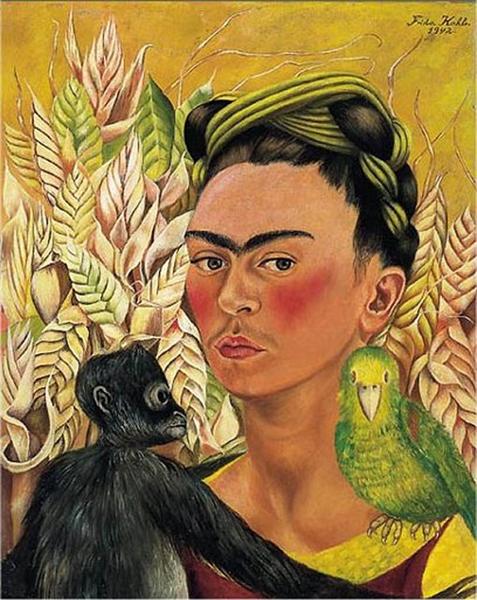 |
| Self Portrait with Monkey and Parrot, Frida Kahlo, 1942 |
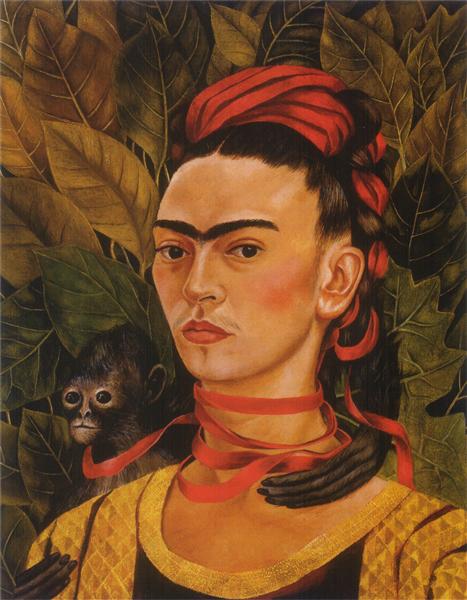 |
| Self Portrait with monkey, Frida Kahlo, 1940 |
 |
| Self Portrait with Loose Hair, Frida Kahlo, 1947 |
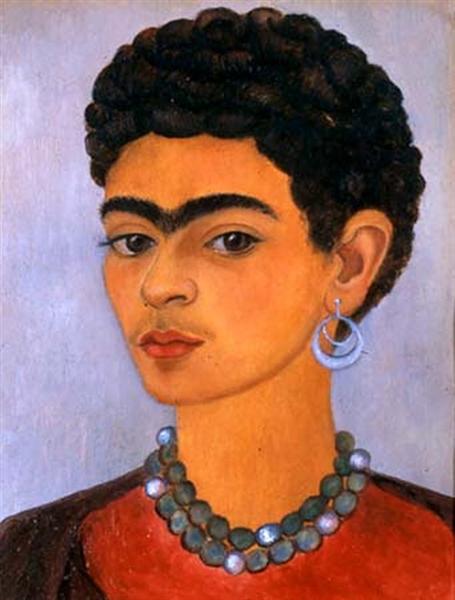 |
| Self Portrait with Curly Hair, Frida Kahlo, 1935 |
 |
| Self Portrait with Cropped Hair, Frida Kahlo, 1940 |
 |
| Self Portrait with Braid, Frida Kahlo, 1941 |
 |
| Self Portrait with Bonito, Frida Kahlo, 1941 |
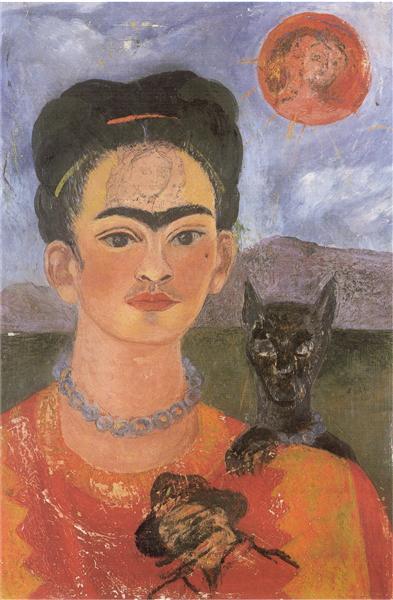 |
| Self Portrait with a Portrait of Diego on the Breast and Maria Between the Eyebrows, Frida Kahlo, 1954 |
 |
| Self Portrait with a Monkey, Frida Kahlo, 1938 |
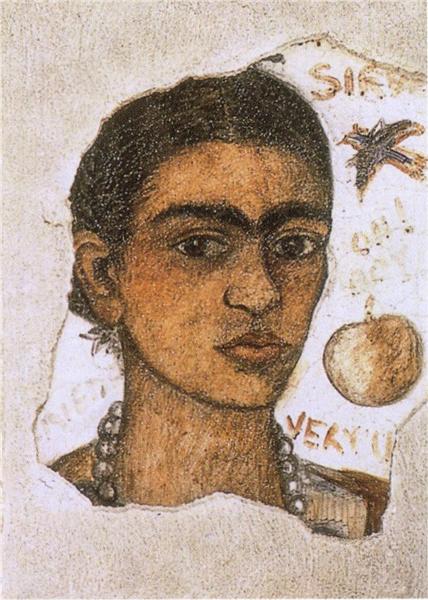 |
| Self Portrait Very Ugly, Frida Kahlo, 1933 |
 |
| Self Portrait - Time Flies, Frida Kahlo, 1929 |
 |
| Self Portrait - The Frame, Frida Kahlo, 1938 |
 |
| Self Portrait in Red and Gold Dress, Frida Kahlo, 1941 |
 |
| Self-Portrait Dedicated to Leon Trotsky (Between the Curtains), Frida Kahlo, 1937 |
 |
| Self Portrait Dedicated to Sigmund Firestone, Frida Kahlo, 1940 |
 |
| Self Portrait Dedicated to Dr Eloesser, Frida Kahlo, 1940 |
 |
| Self Portrait as a Tehuana, Frida Kahlo, 1940-1943 |
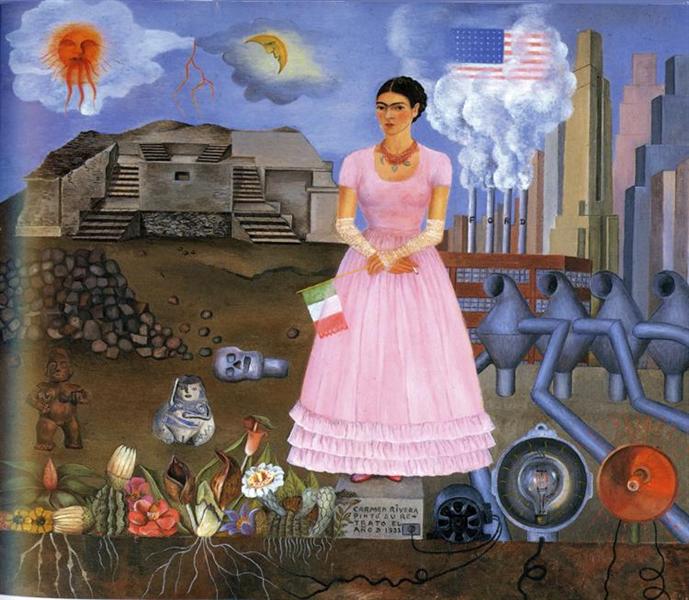 |
| Self-Portrait Along the Border Line Between Mexico and the United States, Frida Kahlo, 1932 |
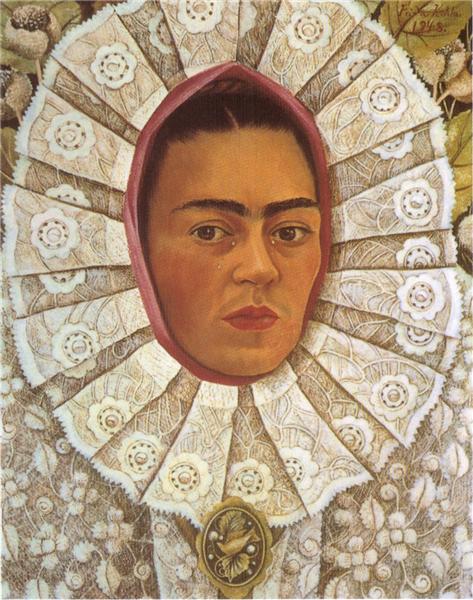 |
| Self-Portrait, Frida Kahlo, 1948 |
 |
| Self Portrait, Frida Kahlo, 1930 |
 |
| Roots, Frida Kahlo, 1943 |
 |
| Portrait of Virginia (Little Girl), Frida Kahlo, 1929 |
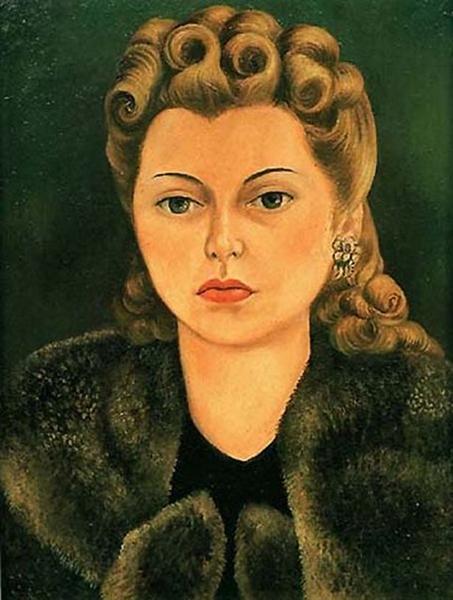 |
| Portrait of Natasha Gelman, Frida Kahlo, 1943 |
 |
| Portrait of My Father, Frida Kahlo, 1951 |
 |
| Portrait of Miguel N. Lira, Frida Kahlo, 1927 |
 |
| Portrait of Marucha Lavin, Frida Kahlo, 1942 |
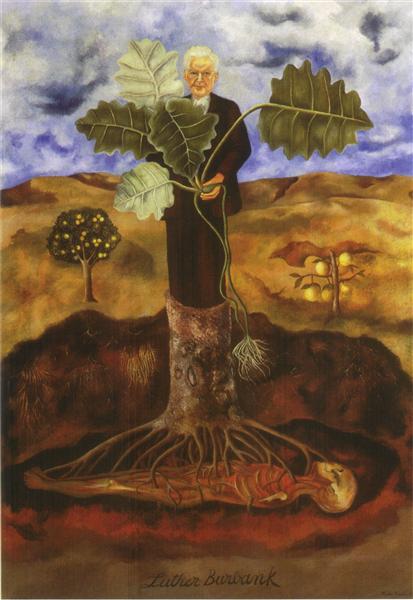 |
| Portrait of Luther Burbank, Frida Kahlo, 1931 |
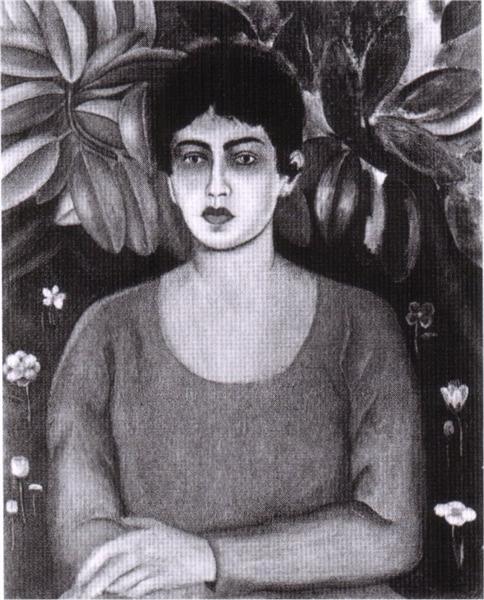 |
| Portrait of Lupe Marín, Frida Kahlo, 1929 |
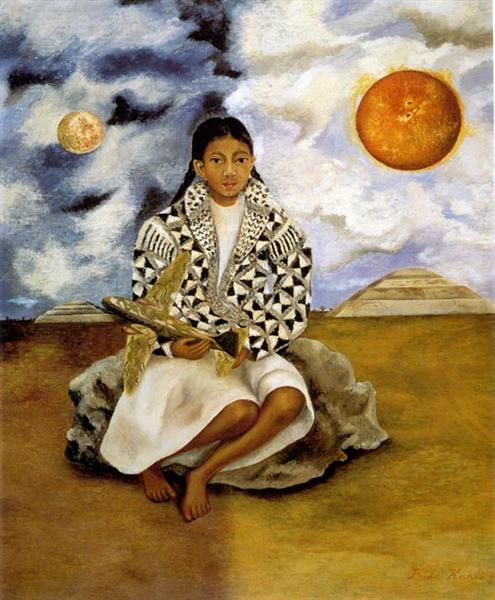 |
| Portrait of Lucha Maria, A Girl from Tehuacan, Frida Kahlo, 1942 |
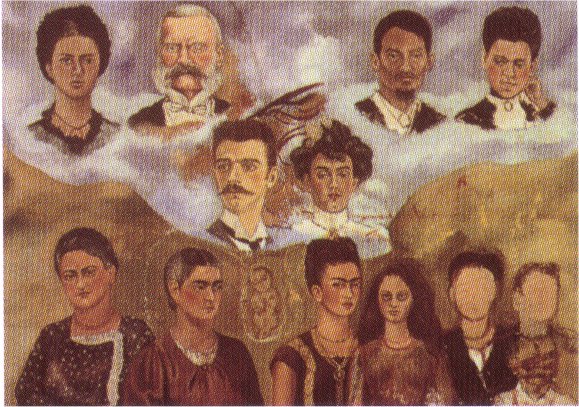 |
| Portrait of Frida's Family, Frida Kahlo, 1950-1954 |
 |
| Portrait of Eva Frederick, Frida Kahlo, 1931 |
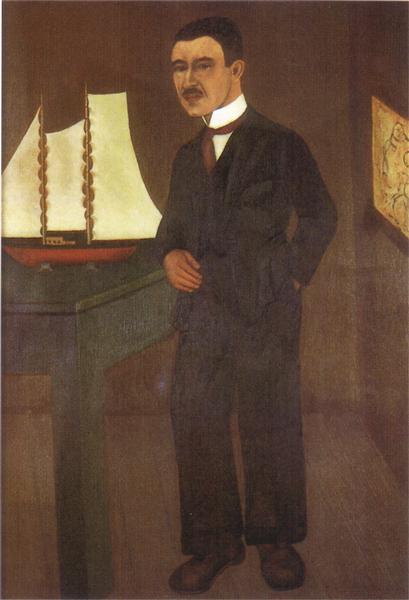 |
| Portrait of Dr. Leo Eloesser, Frida Kahlo, 1931 |
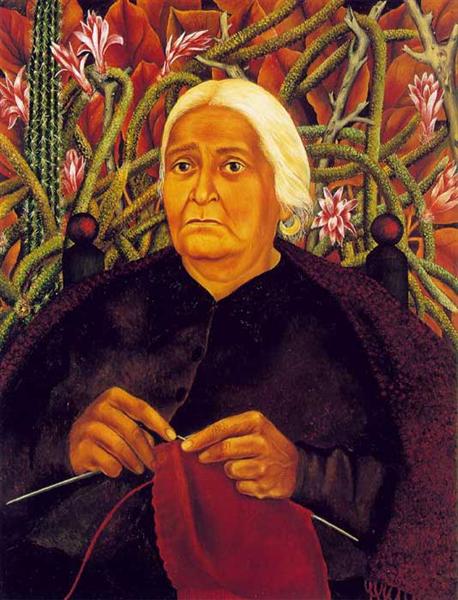 |
| Portrait of Doña Rosita Morillo, Frida Kahlo, 1944 |
 |
| Portrait of Diego Rivera, Frida Kahlo, 1937 |
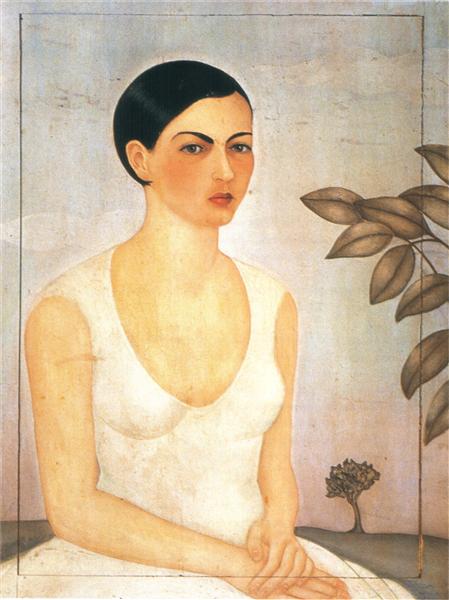 |
| Portrait of Cristina My Sister, Frida Kahlo, 1928 |
 |
| Portrait of Alejandro Gómez Arias, Frida Kahlo, 1928 |
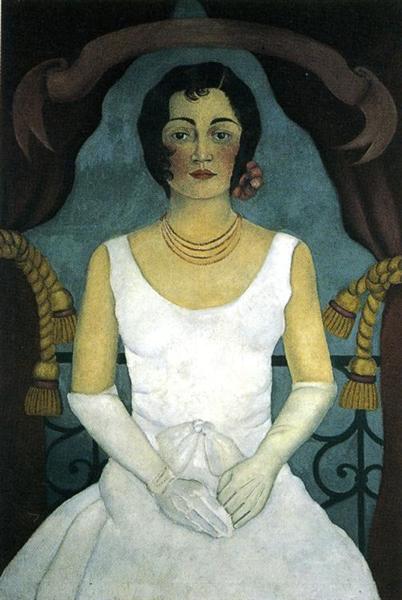 |
| Portrait of a Woman in White, Frida Kahlo, 1930 |
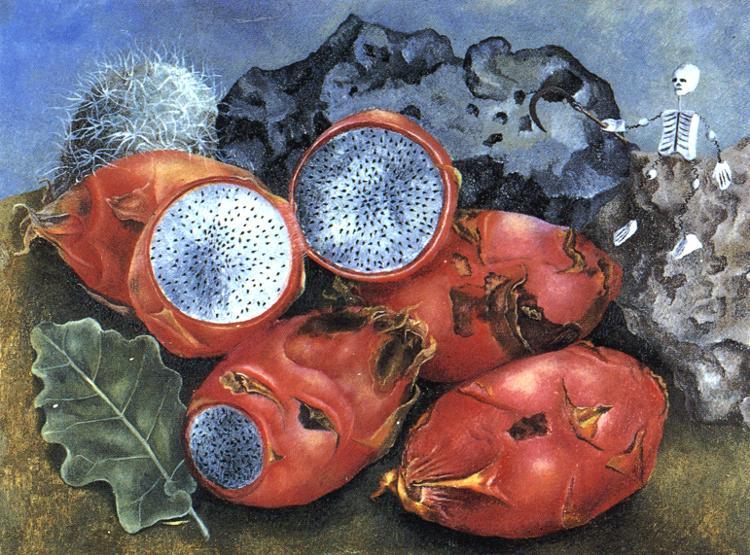 |
| Pitahayas, Frida Kahlo, 1938 |
 |
| My Nurse and I, Frida Kahlo, 1937 |
 |
| My Grandparents, My Parents, and I (Family Tree), Frida Kahlo, 1936 |
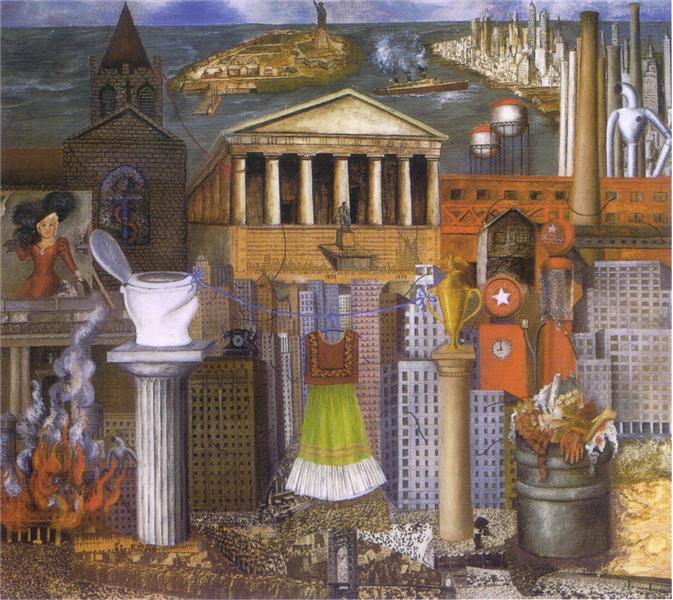 |
| My Dress Hangs There, Frida Kahlo, 1933 |
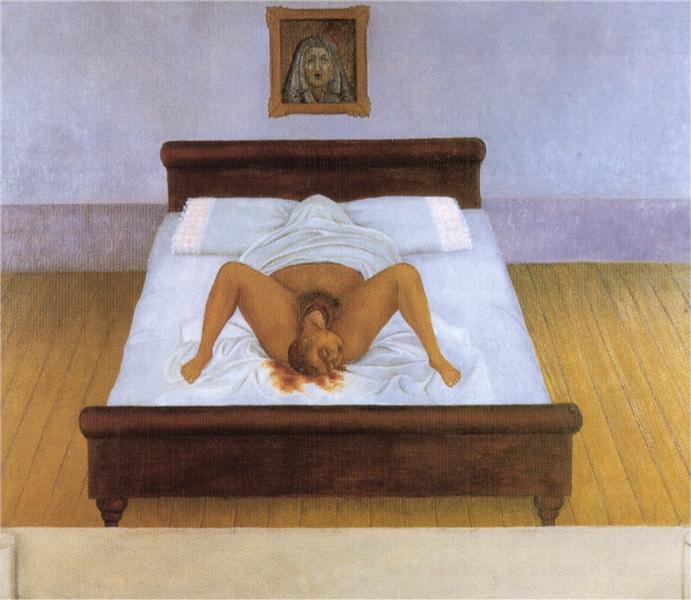 |
| My Birth, Frida Kahlo, 1932 |
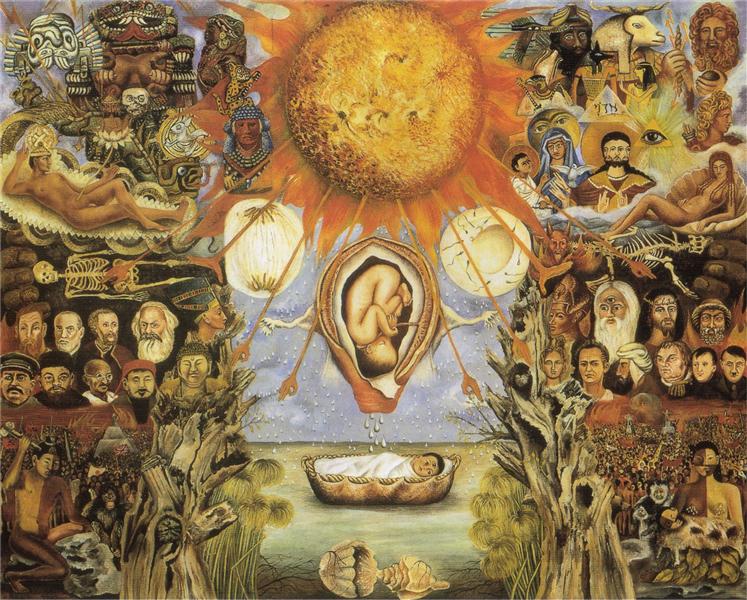 |
| Moses, Frida Kahlo, 1945 |
 |
| Memory (The Heart), Frida Kahlo, 1937 |
 |
| Me and My Parrots, Frida Kahlo, 1941 |
 |
| Me and my Doll, Frida Kahlo, 1937 |
 |
| Marxism Will Give Health to the Sick, Frida Kahlo, 1954 |
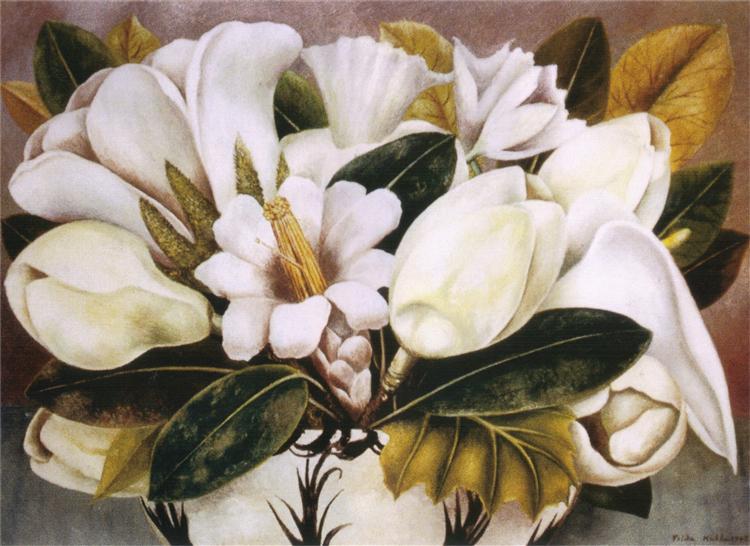 |
| Magnolias, Frida Kahlo, 1945 |
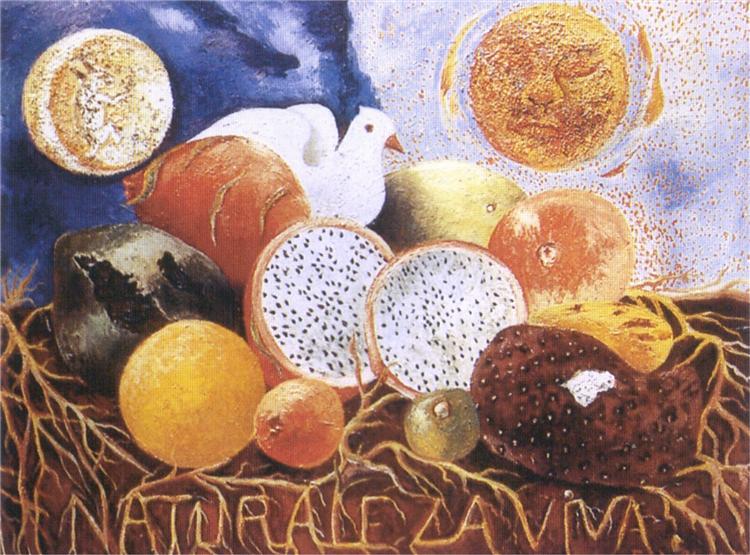 |
| Living Nature, Frida Kahlo, 1952 |
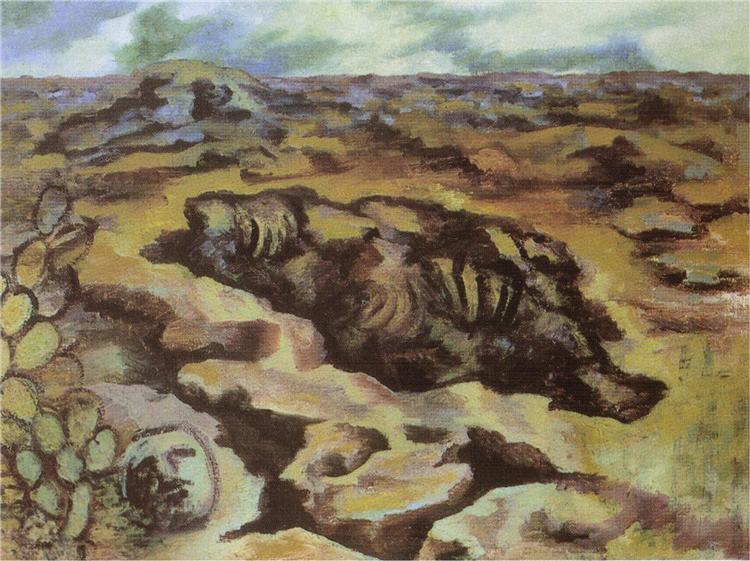 |
| Landscape, Frida Kahlo, 1945 |
 |
| Itzcuintli Dog with Me, Frida Kahlo, 1938 |
 |
| Henry Ford Hospital (The Flying Bed), Frida Kahlo, 1932 |
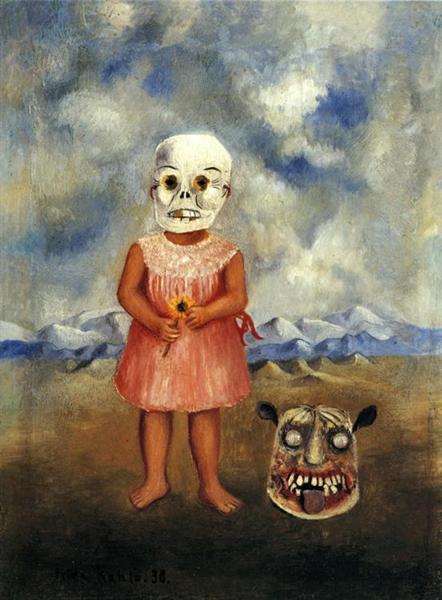 |
| Girl with Death Mask (She Plays Alone), Frida Kahlo, 1938 |
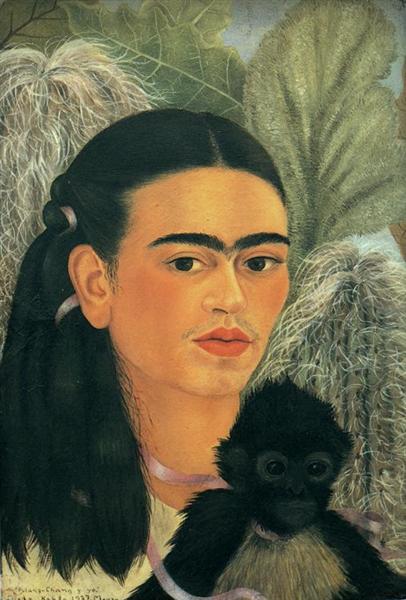 |
| Fulang-Chang and I, Frida Kahlo, 1937 |
 |
| Fruits of the Earth, Frida Kahlo, 1938 |
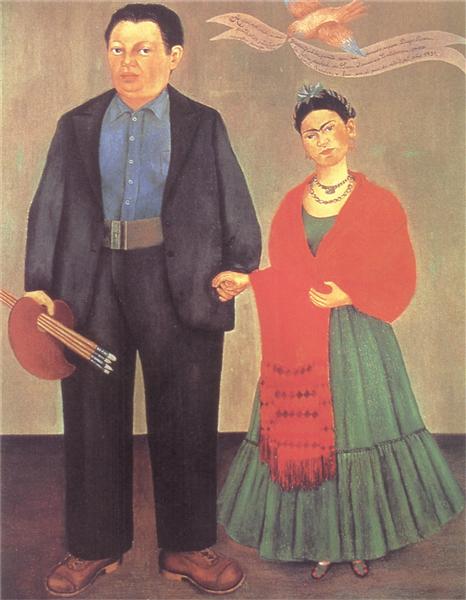 |
| Frieda and Diego Rivera, Frida Kahlo, 1931 |
 |
| Frida and the Miscarriage, Frida Kahlo, 1932 |
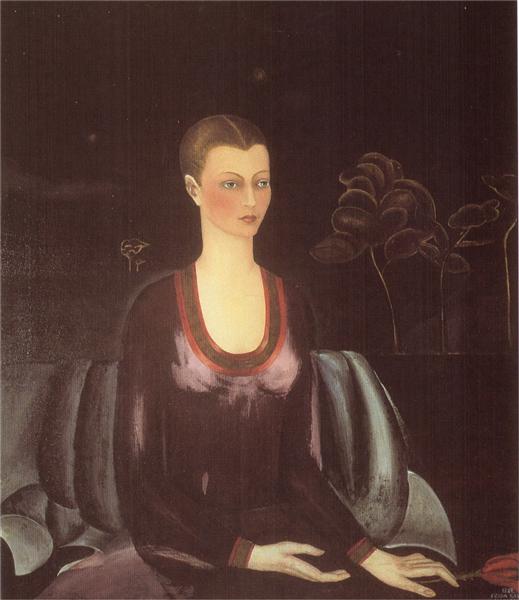 |
| Portrait of Alicia Galant, Frida Kahlo, 1927 |
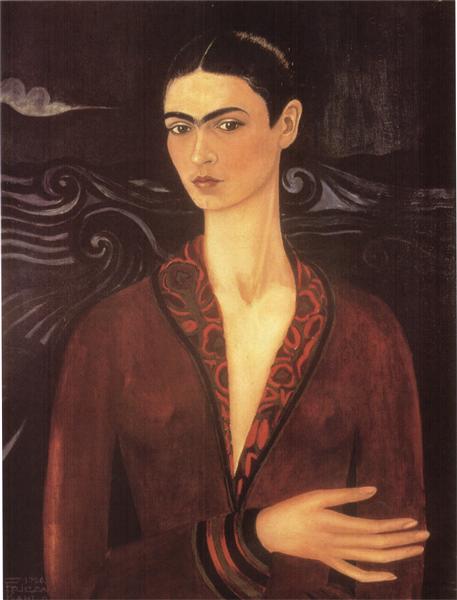 |
| Self-portrait in a Velvet Dress, Frida Kahlo, 1926 |
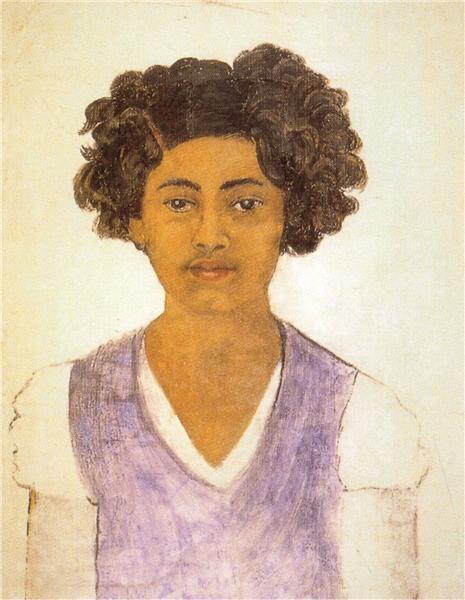 |
| Self Portrait, Frida Kahlo, 1922 |
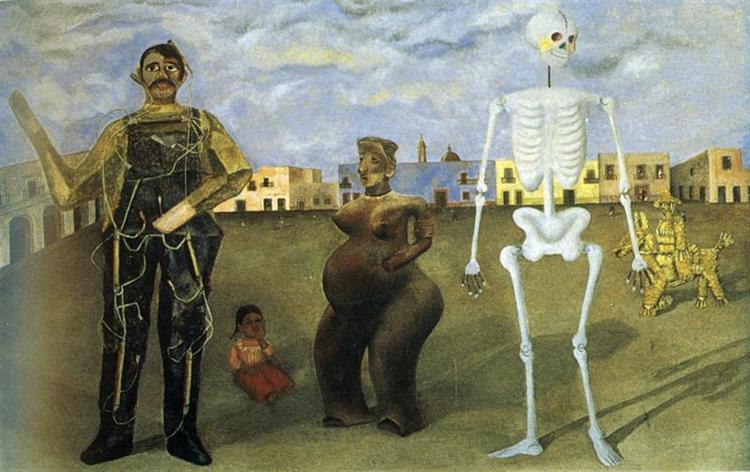 |
| Four Inhabitants of Mexico, Frida Kahlo, 1938 |
 |
| Flower of Life (Flame Flower), Frida Kahlo, 1943 |
 |
| Diego and I, Frida Kahlo, 1949 |
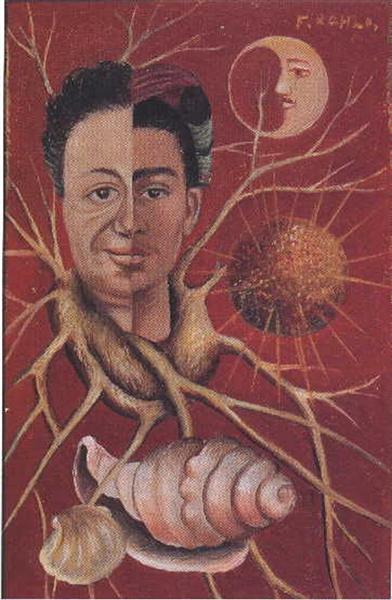 |
| Diego and Frida, Frida Kahlo, 1929-1944 |
 |
| Congress of Peoples for Peace, Frida Kahlo, 1952 |
 |
| Coconuts, Frida Kahlo, 1951 |
 |
| Fruit of Life, Frida Kahlo, 1953 |
Conclusion
Frida Kahlo's life, career, and paintings provide a glimpse into the complexities of the human experience. Her art resonates with audiences, evoking profound emotions and challenging societal norms. Through her indomitable spirit and extraordinary talent, Frida Kahlo continues to inspire generations, leaving an enduring legacy as one of the most iconic and influential artists of the 20th century.






































































































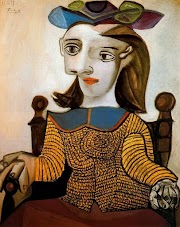















0 Comments